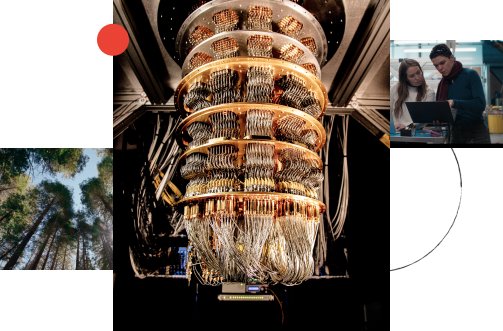Predicting prostate cancer specific-mortality with artificial intelligence-based Gleason grading
Abstract
Background. Gleason grading of prostate cancer is an important prognostic factor, but suffers from poor reproducibility, particularly among non-subspecialist pathologists. Although artificial intelligence (A.I.) tools have demonstrated Gleason grading on-par with expert pathologists, it remains an open question whether and to what extent A.I. grading translates to better prognostication.
Methods. In this study, we developed a system to predict prostate cancer-specific mortality via A.I.-based Gleason grading and subsequently evaluated its ability to risk-stratify patients on an independent retrospective cohort of 2807 prostatectomy cases from a single European center with 5–25 years of follow-up (median: 13, interquartile range 9–17).
Results. Here, we show that the A.I.’s risk scores produced a C-index of 0.84 (95% CI 0.80–0.87) for prostate cancer-specific mortality. Upon discretizing these risk scores into risk groups analogous to pathologist Grade Groups (GG), the A.I. has a C-index of 0.82 (95% CI 0.78–0.85). On the subset of cases with a GG provided in the original pathology report (n = 1517), the A.I.’s C-indices are 0.87 and 0.85 for continuous and discrete grading, respectively, compared to 0.79 (95% CI 0.71–0.86) for GG obtained from the reports. These represent improvements of 0.08 (95% CI 0.01–0.15) and 0.07 (95% CI 0.00–0.14), respectively.
Conclusions. Our results suggest that A.I.-based Gleason grading can lead to effective risk stratification, and warrants further evaluation for improving disease management.
